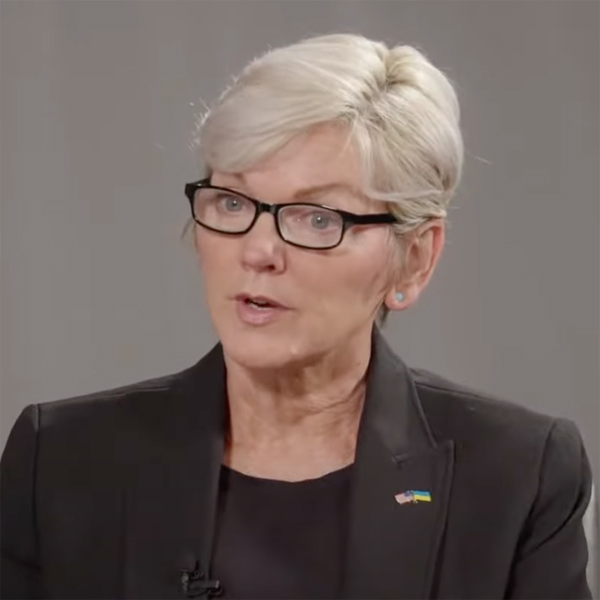WASHINGTON — Efforts by Sen. Joe Manchin (D-W.Va.) and Sen. Lisa Murkowski (R-Alaska) to craft an energy bill in response to Russia’s invasion of Ukraine is threatening Democratic hopes for a party-line budget reconciliation bill with tax breaks for renewables and storage, a former Murkowski aide told the Energy Bar Association annual meeting last week.
Manchin, chair of the Senate Energy and Natural Resources Committee, began work on the bipartisan bill last month after rejecting the Biden administration’s proposed $2 trillion Build Back Better budget reconciliation package in December. (See Manchin Says ‘No’ on Build Back Better.)
Kellie Donnelly, executive vice president and general counsel for government affairs and communications firm Lot Sixteen and former chief counsel for the committee, said the two senators and other members of Congress have met several times.
Manchin “is very interested in crafting a new bill on energy and climate, and he wants to model this on [the Infrastructure Investment and Jobs Act]. So he wants this to be a bipartisan bill that goes through regular order … not using the budget reconciliation process,” she said in remarks at the EBA general session May 10.
“There’s been some paper that has been shared at those meetings but no outline that has officially come out yet about what the bill would look like. I imagine a bill would have increased domestic [oil and gas] production, probably increased production of critical minerals,” she said, adding that it could be a vehicle for transmission-related policies that couldn’t get carried in a budget reconciliation bill.
“But really, this kind of detour on energy and climate is taking the focus — really the oxygen — out of the effort on the budget reconciliation bill,” Donnelly said. “And it’s hard to see what Sen. Manchin is doing right now getting traction. [Manchin’s] committee does not have tax writing authority, so none of the taxes could really carry on this new bill, unless there was agreement from the Finance Committee and leadership. … But it’s my understanding that [the] Democratic leadership still wants to proceed with budget reconciliation.”
A budget reconciliation package would have to be completed by the end of September.
“If reconciliation fails … the end-of-the-year play is really going to be a tax extenders package. This will be a post-election, lame duck Congress,” she continued. “There’s going to be a lot of industry pressure on the [Biden] administration and on Congress to move the tax extenders package. And really, what I think it’ll come down to is the scope and duration of that package. You know, how long is it going to be? We’ve seen a lot of these end of year tax extenders, but only one to two years. You’re not going to get the 10-year budget window that they have in reconciliation. You’re not going to get the transition to a technology-neutral clean energy tax credit.”
Glick Renomination
Donnelly also discussed the risk that FERC’s rulemakings on transmission planning, cost allocation and interconnection policies could falter if Glick is not renominated soon for a second term. Although his term expires June 30, he could continue serving until the end of the year absent a replacement.
“Over the years, we’ve seen the loss of a working quorum, and we’ve seen tie votes at the commission literally tie up commission actions,” she said. “It’s a little nerve wracking … because, of course, for rulemakings, tie votes fail. I hope that we will see a Glick renomination soon, because without it, the administration [has] really risked their transmission agenda.”



